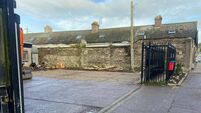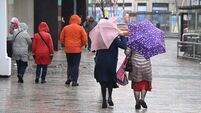Fish farms just aren’t worth it
The propensity of such farms to produce sea lice which has a detrimental effect on the wild salmon stocks, is well documented. The utilisation of antibiotics and pesticides to counteract the incidence of sea lice in farmed fish creates an even greater environmental hazard. Residues from the treatment cages leach into the surrounding sea waters, with consequent deleterious effects on all marine life in the vicinity. This calls into question the advisability of establishing a number of mega fish farms around our coast. The benefits espoused are, advantage would be taken of a niche in the expanding market for fish products, worldwide, and they would contribute to reducing unemployment numbers.
It should be noted that the construction and operation of the proposed fish farms will be under the control of a global multinational company. It is difficult to visualise how the anticipated employment targets will be attained, when prefabricated cages will be used in the construction, and the operating system will be highly automated. On the contrary, any diminution in the wild salmon stock numbers would have catastrophic consequences for the angling tourism industry, and all those associated with it. The importance of the salmon angling industry was established in 2006, when drift netting for salmon was permanently banned. The claim at that time was that the value of a salmon caught by an angler was 40 times more valuable to the economy than one caught commercially by netting. Presumably, the ratio is still relevant today. Speaking in June, Minister of State for Natural Resources Fergus O’Dowd welcomed the findings of an economic study, revealing that angling tourism was worth €750m to the Irish economy annually, and supported 10,000 jobs. He further stated that “it is equally clear to me that maintaining a strong focus on the protection and conservation of this vital resource into the future is absolutely key”.













